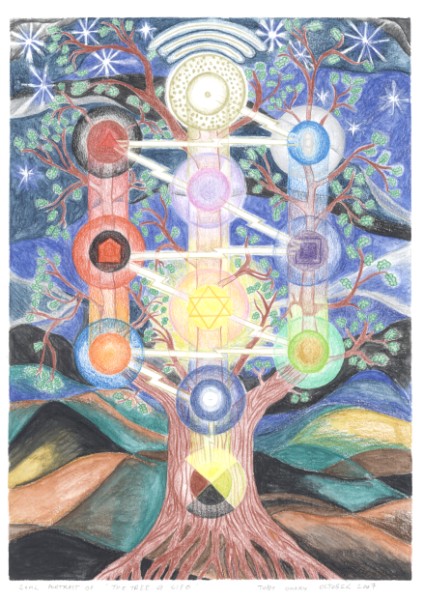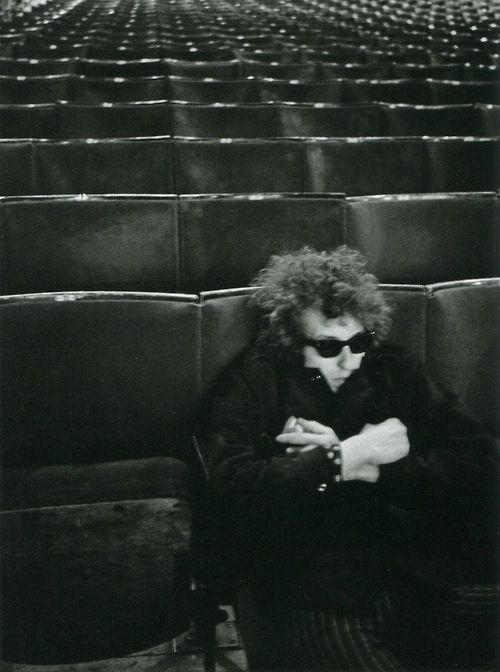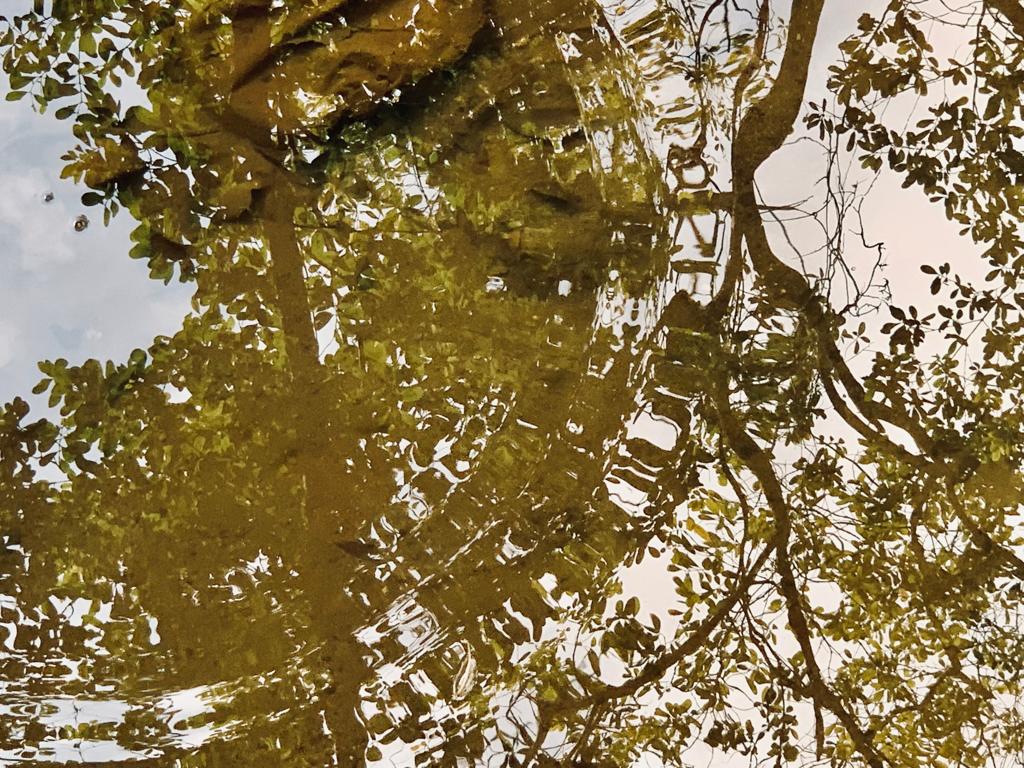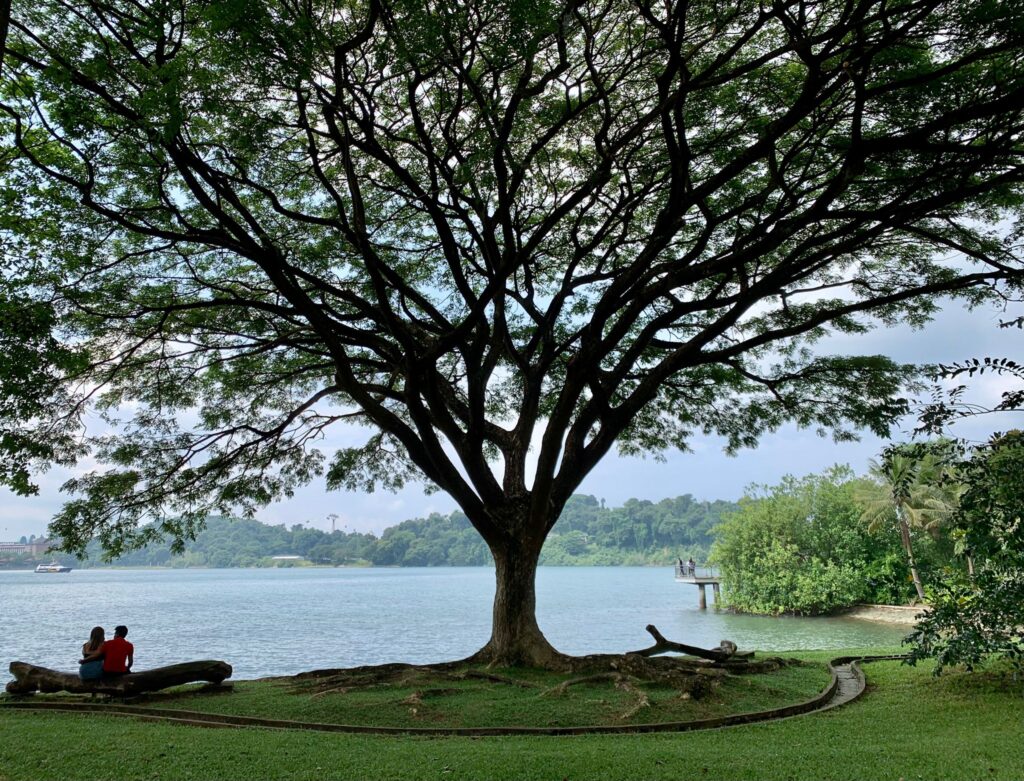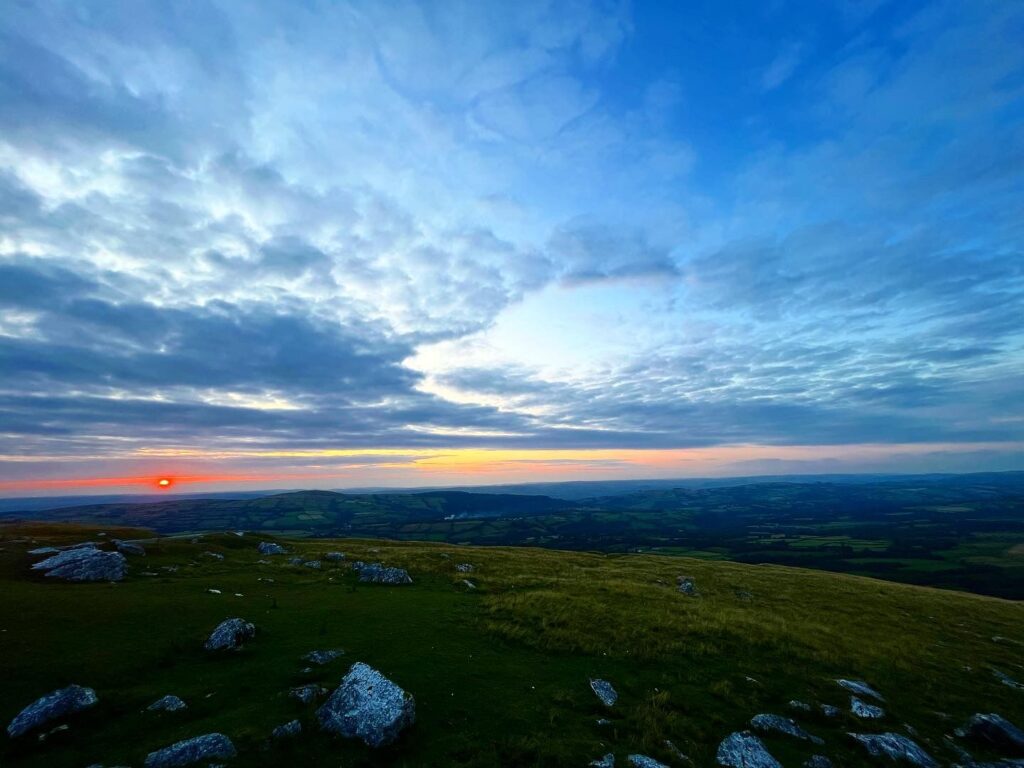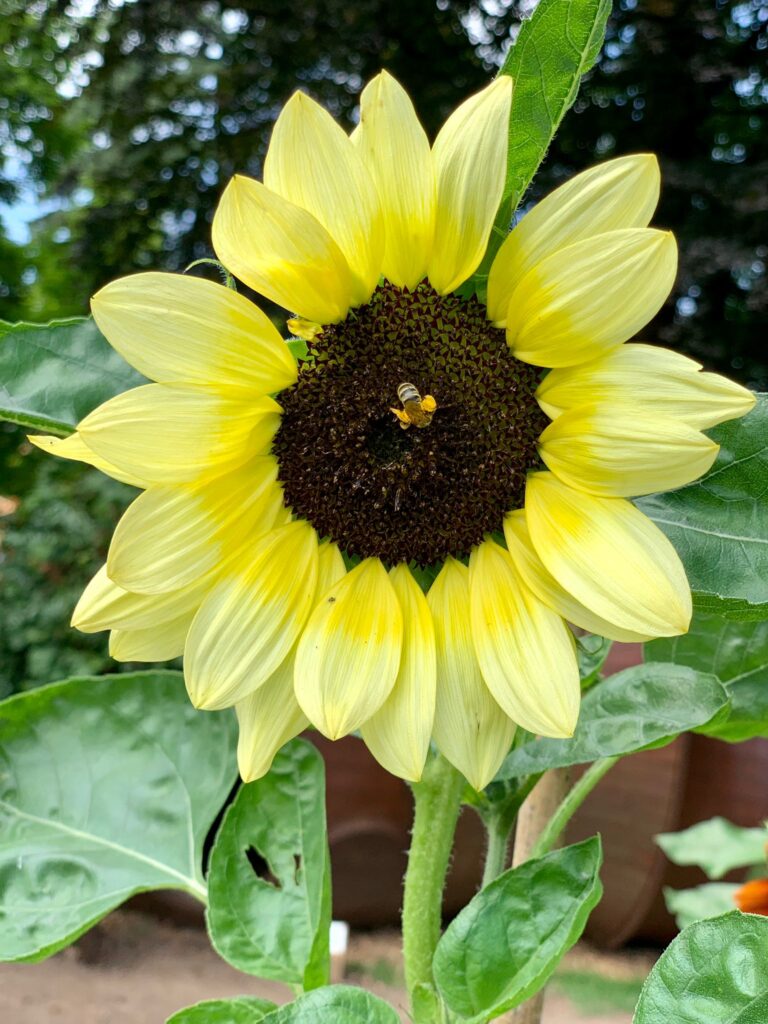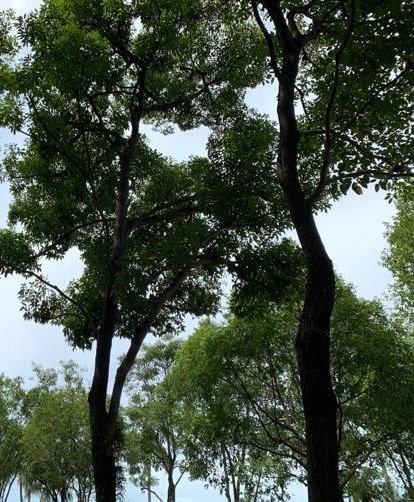“If you are prepared to do the work, it seems there truly are no edges to your level of inner joy”
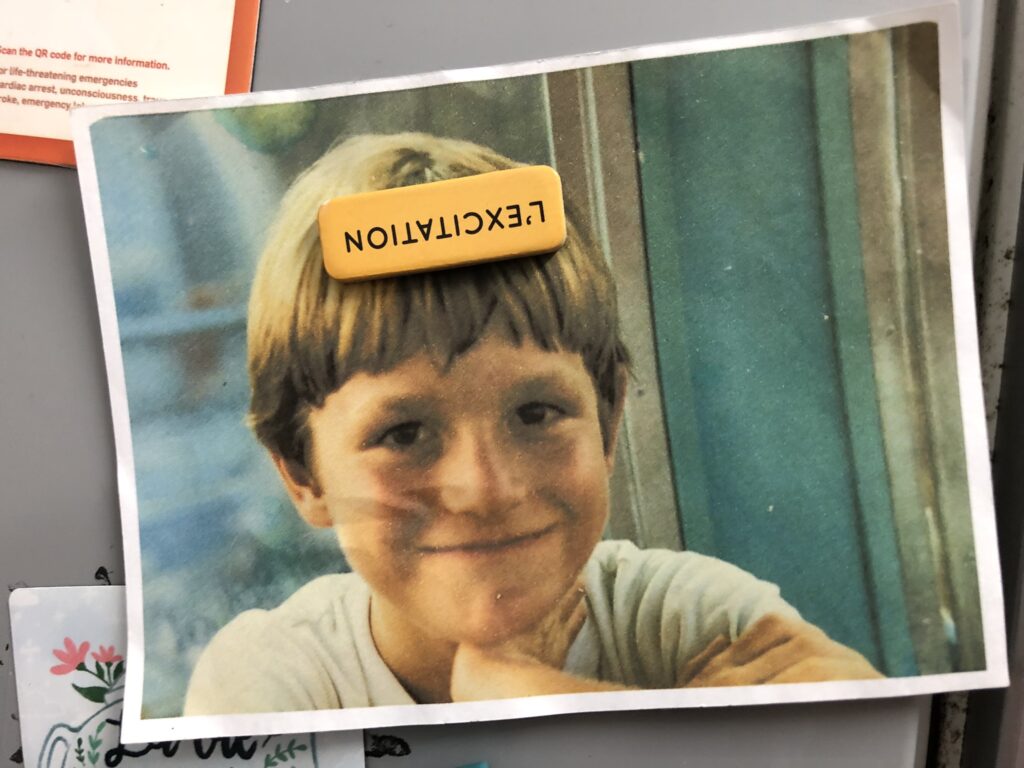
Dear Integral Meditators,
The photo of the child with this article is me when I was around 8 or 9. I keep it on the fridge. I noticed last week that the fridge magnet marked ‘l’excitacion’, or excitement in French had been placed on my forehead, which inspired me to write about my own ongoing journey in the domain of Therapeutic mindfulness.
If you enjoy the article, then do consider participating in the upcoming Therapeutic mindfulness course, which is full of practices to help you re-connect to the joy of living, and move beyond long-held fears.
And final heads up for this Wednesday’s Autumn Equinox meditation, either live or online!
In the spirit of exitacion,
Toby
Progressively recovering your joie de vivre (Meditating with your inner child)
When I left my life as a Buddhist monk, aged 31, I had been practising eastern meditation forms in a very disciplined manner for a decade. I had experienced many wonderful and amazing meditation states, and had a solid working experience of the awakened state/enlightenment experience. Despite this I noticed that there were still parts of my everyday consciousness that seemed to have been untouched by all this work. I found that certain types of anxiety, irritability and fear had not gone away, and sometimes seemed even worse. This was partly why I left my life as a monk, because I felt I needed to broaden my search for answers to these unresolved areas. The answer was not just ‘do more meditation’, I had to do something differently.
One of the things that I focused on that year was exercises specifically based on the psychological level of my being, based around western theories of trauma and around working with emotional states. I began regular work with my ‘inner child’, exercises including visualization, dialoguing, breathing and body-work. I was very surprised how much work there was to be done! I considered myself pretty well-adjusted as a person, which I think I was, but even so, there was so much to re-connect to, so much to work with, so much to discover. During this period, I really felt I recovered much of my joie de vivre, and got a badly needed ‘second-wind’ for my inner growth that powered me into the next decade of my life.
But the amazing thing about this is that even though I felt that I now had a very good relationship to my inner child (and other sub personalities), it is a process that does not seem to end. Fast forward to the beginning of this year. At the beginning of the year, I often check in with my ‘inner family’ in meditation. When meeting my inner child, I had this experience:
“I am walking along the middle of a shallow river that I used to play in as a child. I come to a bridge from which I used to look down at the big fish swimming in and out of the dark water underneath. On the sand to one side of the bridge I see my inner child. I wade over to him, and we squat for a while looking under the bridge. Then he smiles to me and we begin to walk into the water and under the bridge (I never went under the bridge as a child). We stand in silence looking and feeling the fish around our feet, in gentle awe and excitement. After while we walk on and out from the other side of the bridge. We walk on to a meadow next to the river. My child-self utters a cry, and starts to run around the meadow, whooping, and laughing out of pure joy, I watch on, quite amazed, and aware of a new level of joy in myself that I have never experienced before.”
After the meditation, this new level of joy within myself has persisted, and it seems clear to me that some level of inhibition or fear in my child has been resolved. This is a full fifteen years after starting my active relationship with him. So even now my life and experience are expanding and growing from my inner work with my child self and other related therapeutic mindfulness practices aimed at building a strong inner-self psychologically. If you do the work, it seems there truly are no edges to your level of inner joy.
Related article: Meditating with your child self
Creating a therapeutic mindfulness space
Wake, up, Grow up, Clean up, Flow – The Art of Enlightened Flow
Special Coaching Offer for the Month of September – Free 20minute coaching session with Toby
For the remaining two weeks of September Integral Meditation Asia is offering free 20minute coaching sessions with Toby!
If you have been interested in the idea of getting some personal coaching on a particular issue or challenge, and/or want to explore what 1:1 meditation coaching can do for you in terms of both your quality of and direction in life, this is a great opportunity to find out what it is like with Toby. These 20minute sessions can be done on Zoom or via Whatsapp.
You can find read the general write up of Toby’s Life-fullness Coaching here, & his other forms of coaching here.
You can read feedback and reviews from Toby’s coaching sessions here.
To arrange your 20minute session or for further enquiries: Email info@tobyouvry.com, or W-App65-96750279
Integral Meditation Asia
Online Courses * 1:1 Coaching * Books * Live Workshops * Corporate Mindfulness Training *Life-Coaching * Meditation Technology
